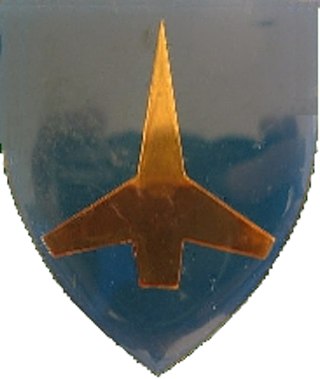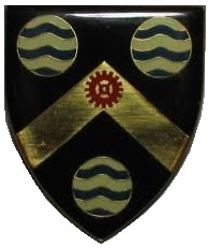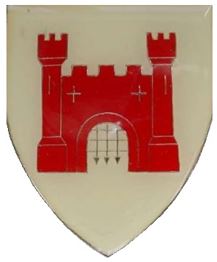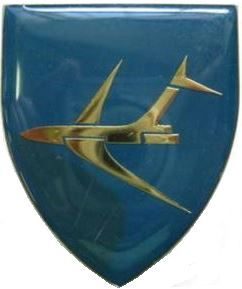| |||||||||
| Decades: | |||||||||
|---|---|---|---|---|---|---|---|---|---|
| See also: | |||||||||
The following lists events that happened during 1816 in South Africa .
| |||||||||
| Decades: | |||||||||
|---|---|---|---|---|---|---|---|---|---|
| See also: | |||||||||
The following lists events that happened during 1816 in South Africa .
| | This section is empty. You can help by adding to it. (July 2010) |

Johannesburg Stadium is a stadium, in the Doornfontein suburb of Johannesburg, Gauteng Province, South Africa. The stadium has a sweeping roof and can accommodate 37,500 people.

Namibian cuisine is the cuisine of Namibia. It is influenced by two primary cultural strands:

Gondwana was a large landmass, sometimes referred to as a supercontinent. The remnants of Gondwana make up around two-thirds of today's continental area, including South America, Africa, Antarctica, Australia, Zealandia, Arabia, and the Indian subcontinent.
The Jim Crow laws were state and local laws introduced in the Southern United States in the late 19th and early 20th centuries that enforced racial segregation, "Jim Crow" being a pejorative term for an African American. The last of the Jim Crow laws were generally overturned in 1965. Formal and informal racial segregation policies were present in other areas of the United States as well, even as several states outside the South had banned discrimination in public accommodations and voting. Southern laws were enacted by white-dominated state legislatures (Redeemers) to disenfranchise and remove political and economic gains made by African Americans during the Reconstruction era. Such continuing racial segregation was also supported by the successful Lily-white movement.

Between the two world wars, the supply and maintenance of all technical stores and equipment, including ammunition and guns, for the Union Defence Force, was the responsibility of the South African Ordnance Corps.

The establishment of the 'Q' Services Corps as part of the South African Permanent Force was promulgated in the Government Gazette dated 10 November 1939.
South African National Railway And Steam Museum (SANRASM) was meant to be the national railway museum authority of South Africa, by the original initiative of the RailRoad Association of South Africa (RRA) and then transport authority South African Railways and Harbours. SANRASM has three sites around the Krugersdorp and Randfontein area.

Alberton Commando was a light infantry regiment of the South African Army. It formed part of the South African Army Infantry Formation as well as the South African Territorial Reserve.

Atlas Commando was a light infantry regiment of the South African Army. It formed part of the South African Army Infantry Formation as well as the South African Territorial Reserve.

Germiston Commando was a light infantry regiment of the South African Army. It formed part of the South African Army Infantry Formation as well as the South African Territorial Reserve.

West Rand Commando was a light infantry regiment of the South African Army. It formed part of the South African Army Infantry Formation as well as the South African Territorial Reserve.

Springs Commando was a light infantry regiment of the South African Army. It formed part of the South African Army Infantry Formation as well as the South African Territorial Reserve.

Roodepoort Commando was a light infantry regiment of the South African Army. It formed part of the South African Army Infantry Formation as well as the South African Territorial Reserve.

Kempton Park Commando was a light infantry regiment of the South African Army. It formed part of the South African Army Infantry Formation as well as the South African Territorial Reserve.

Krugersdorp Commando or Kommando was a light infantry regiment from Krugersdorp district of the South African Army. It was active as a part of the South African Army Infantry Formation as well as the South African Territorial Reserve.

Randburg Commando was a light infantry regiment of the South African Army. It formed part of the South African Army Infantry Formation as well as the South African Territorial Reserve.

7 Light Anti-Aircraft Regiment is a reserve force regiment of the South African Army Air Defence Artillery Formation.
Byneskranskop is an archaeological site in present-day South Africa where the coastal plain meets the southern Cape Fold Belt. Neolithic human remains have been discovered in caves at the site. Carbon dating of the remains indicates the bodies date from 3,000 to 2,000 years BCE.

Boksburg Commando was a light infantry regiment of the South African Army. It formed part of the South African Army Infantry Formation as well as the South African Territorial Reserve.

Surfing South Africa (SSA) is the governing body for the sport of surfing in South Africa, and a recognised member of the world governing body, the International Surfing Association (ISA). SSA is also an affiliate of the South African Sports Confederation and Olympic Committee (SASCOC), which, alongside Sport and Recreation South Africa (SRSA) supervises all organised sport in South Africa.
Also see Years in South Africa for list of further References